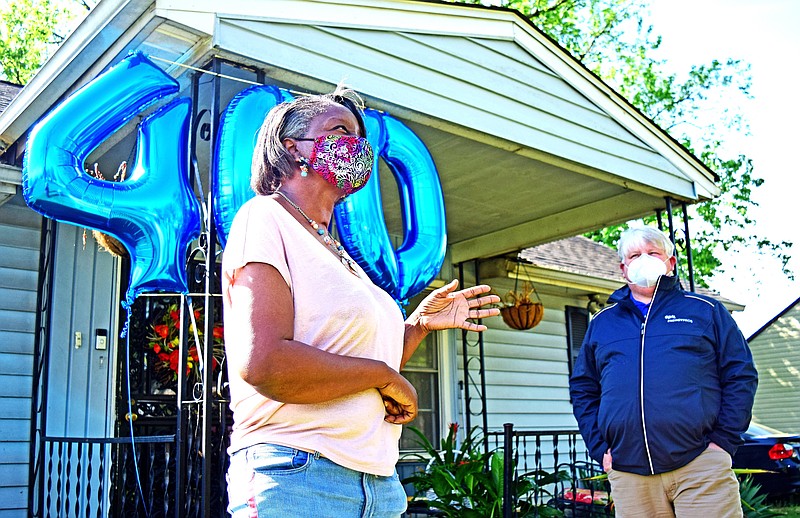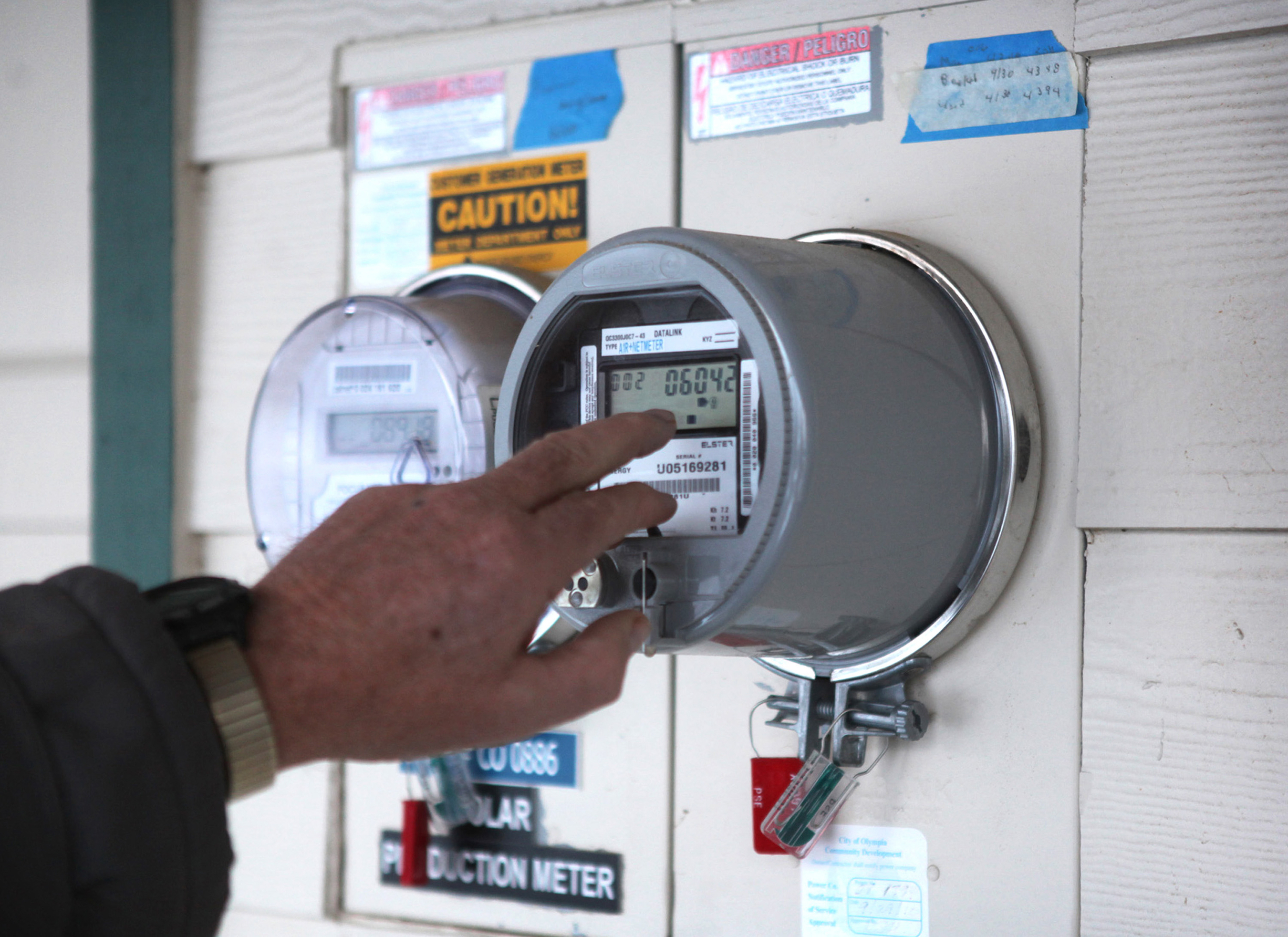The Tennessee Valley Authority, once an industry leader in promoting energy conservation, lags most other utilities today in promoting energy efficiency, a new study shows.
TVA spending on energy efficiency as a share of power sales is less than 10% of the U.S. average, leading to higher electricity consumption and a bigger energy burden in the Tennessee Valley than in most of the country, the study found.
"Clearly, the Tennessee Valley Authority is far below the national average," said Forest Bradley-Wright, energy efficiency director for the Southern Alliance for Clean Energy, said in a teleconference Tuesday. "Ultimately, this can be explained by a lack of regulatory oversight and direction around energy efficiency."
Unlike investor-owned utilities that are governed by state public service commissions and state regulations, TVA is an independent federal corporation governed by its own nine-member board of directors appointed by the president and confirmed by the U.S. Senate.
In the 1970s under then-chairman S. David Freeman, TVA launched an aggressive energy conservation program to provide loans and rebates for energy-efficient heat pumps, appliances and home upgrades.
"But in practice, TVA's efficiency investments never lived up to plans," the Southern Alliance said in a 30-page assessment of energy efficiency in the Southeast. "After years of underinvestment, TVA discontinued all of its efficiency rebate programs after 2018, taking away a vital tool for families trying to lower their electric bills. It is hardly surprising then that residential customers in Tennessee consumed nearly 25% more electricity per month in 2020 than the national average - second highest in the country."
TVA's cutbacks in energy efficiency programs were questioned last month by leaders of the House Energy and Commerce Committee, who urged TVA to do more to promote energy efficiency. TVA said in response to the congressional inquiry that it is working with its local power companies to promote efficiency.
Residents in the Tennessee Valley tend to have a higher energy burden than most of the country, as measured by the share of their income spent on paying their monthly electric bills. Although residential power rates for TVA are below 80% of U.S. utilities - and industrial rates are lower than 95% of all U.S. utilities - per capita consumption tends to be higher due to less efficient buildings and homes and a higher share of households heating and cooling their homes with electricity in the Tennessee Valley,
TVA President Jeff Lyash told TVA directors last week that "reducing the energy burden over time is a priority for us," and "low rates are the biggest lever we have to help" in keeping energy costs under control.
"We live in a region that requires year-round energy use for heating and cooling," Lyash said. "That's a variable we don't control, and that makes this part of the country challenging."
The median family income in the Tennessee Valley also is 30% below the U.S. average, meaning the share of income spent on power bills - known as the energy burden - tends to be higher.
"That's the primary reason why the energy burdens are higher here than the national average," Lyash said. "Even though TVA has some of the lowest rates in the country, our citizens suffer higher than average energy burdens."
Improving energy efficiency, Lyash told the TVA board last week, "is a shared responsibility with local power companies, with state and local governments to establish building codes and with individuals who need to be actively involved in lowering their energy costs."
"Building efficiency codes in our region generally have lagged those of other states for more than a decade, so new construction and the existing house stock is typically less energy efficient, and our region has the highest concentration of manufactured housing," he said. "While new manufactured homes can be highly efficient, many existing ones are not."
Lyash said TVA supports local power companies like EPB to provide free energy audits and assistance in analyzing electricity use and making energy upgrades.
"We also look to local governments and others to assist those most in need," Lyash said. "For our part, TVA focuses on keeping the price low, attracting good jobs to raise the median income across the valley and implementing energy efficiency programs that focus most significantly on low-income families."
Since 2015, TVA has invested $46 million in the Home Uplift program to improve the energy efficiency of homes in low-income neighborhoods at no cost to homeowners. In Chattanooga, TVA and EPB have teamed up to complete 525 Home Uplift energy renovations "and are waiting on materials to be shipped so we can provide more home energy renovations to reduce the energy burden of people in need," EPB spokesperson Scottie Summerlin said.
"The results are lower energy use, lower bills and a more comfortable, healthful home." Lyash said. The typical Home Energy Uplift recipient in Chattanooga has saved about $400 a year in electricity expenses, EPB said.
The Southern Alliance study said TVA's roughly $11 million budget for Home Uplift for 2020 "was woefully inadequate for a utility with revenues of over $10 billion each year."
The 768 customers served in the Uplift program in fiscal 2020 "barely scratches the surface in a territory with over 4 million residential customers in many different states," Bradley-Wright said.
He said requiring local power companies to find and put up equal matching dollars to participate in the Home Uplift program "is a major barrier for access in rural communities."
Contact Dave Flessner at dflessner@timesfreepress.com or 423-757-6340. Follow him on Twitter @dflessner1.


